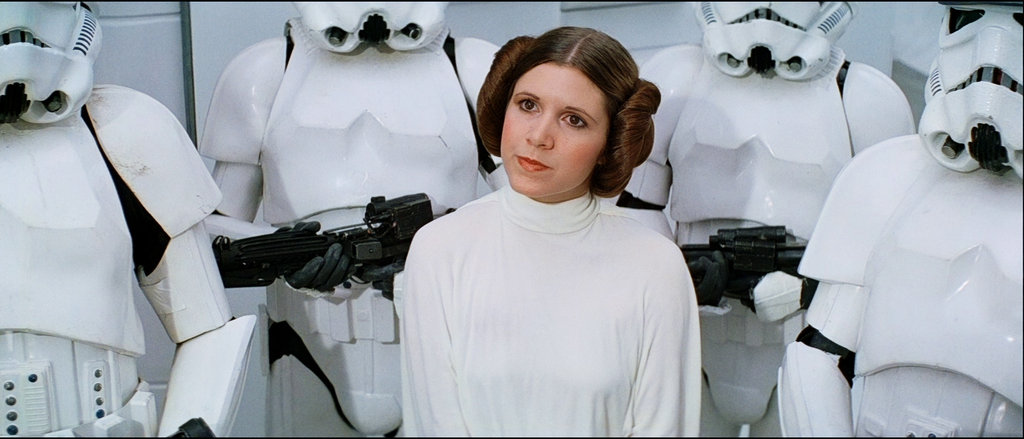poita said:
If you read the text, the drizzling is only on the final images, I did that as an example of what drizzling was (or to use the proper term “Variable Pixel Linear Reconstruction”), as I thought many had probably not heard of it, and this was a discussion about image processing.
All the previous images are without the upscale/drizzle applied. The whole thing was an example of a technique, as I said, we don’t have enough full prints to do it to this level, you would need 20 or more prints to get this level, and not all scenes would work as well as the alignment gets tricky etc. and you can lose detail in the alignment process, so diminishing returns kick in.
It certainly isn’t what I am doing with the movies, I don’t have enough prints, and don’t have enough computational grunt to do the alignment and stacking, that single image used 63GB of RAM to process. Drizzling isn’t likely to be of much use for film captures, but I mentioned it as part of the discussion and applied it to see the results.
Normally, I wouldn’t have enough prints to do this, I don’t have 30 prints, but what I do have is a reel of dailies of this scene, I also have a reel of dailies from Empire, if I get time I will scan it and show it as well, if it is of interest to people here. The dailies reels have the same scene looped a dozen of more times, which is very handy for this kind of thing. I picked a scene with a static camera as (a) I already had it scanned, and (b) a scene with movement has motion blur which wouldn’t show the effect as clearly.
I used 3 adjacent frames from each dailies repeat, and an two IB prints and an Eastman, they were all colour matched and roughly aligned. I had all of that handy from a prior experiment, so could get an explanation up quickly.
Film does work well with this technique, due to the randomness of the film grain, the film weave means each print is slightly differently positioned, and the photons hit different areas of the grain etc. so if you have enough, you can get back much closer to only having neg grain involved. The film is, in my opinion, under sampled when scanned, and multiple prints and scans lets us recover a lot, and remove a lot of noise.
I’m not trying to peddle hope or anything else here, just joining a discussion of super-resolution and frame stacking with a freely admitted arbitrary example. If anyone has the misconception that we are doing this to the entire film, then it is just that, a misconception.
Where this does come in handy is helping to discover the correct colours without incorporating artefacts such as the yellowing blobs and grain structure, which gives a good colour target when grading, and working out what is dirt/micro-scratches and what is not, which is not always obvious, like those dark spots on the sand, they could easily be mistaken for dirt spots and incorrectly removed.
It is also handy for efforts like Harmy’s and Adywan’s, where they might want to recreate a background plate in far more detail than any single frame allows, like the sand crawler coming over the sand dune, the starry background and planets from the crawls, and many other shots, where they can create a much cleaner version and use that as a basis for the reconstruction.
Having a clean plate we also find really useful to get a more accurate grain analysis to use for de-graining algorithms.
Anyway, it is intended only as a discussion of image processing technique, not as anything specific that I am doing re the restoration of any particular film.
Nice. Thanks for the explanation.


